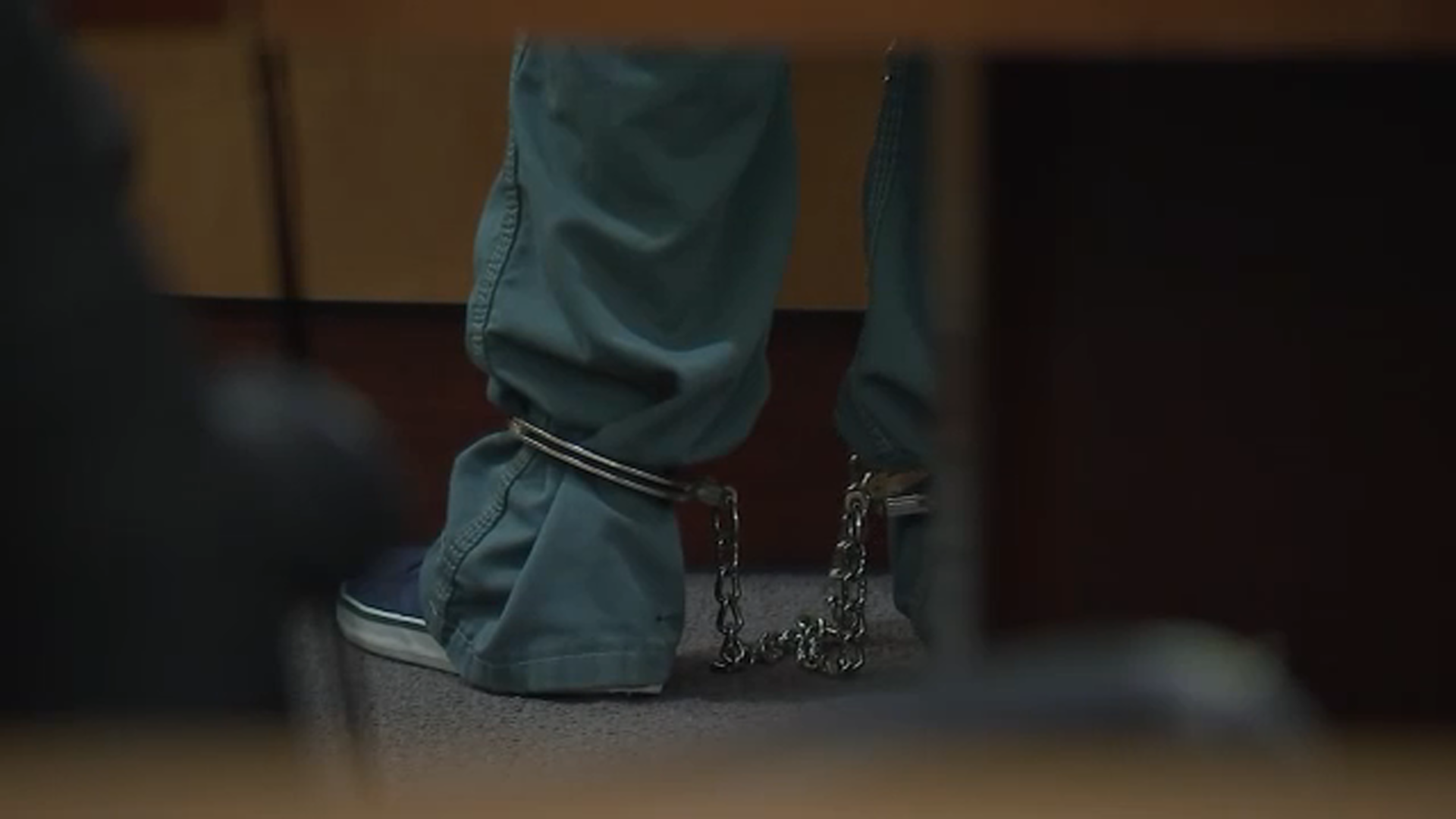13 Investigates runway incidents at Houston airports
HOUSTON, Texas (KTRK) -- After a pilot took off without permission and collided with a private plane, landing on a different runway Tuesday at Hobby Airport, 13 Investigates found there have been dozens more runaway incidents in recent years.
The Federal Aviation Administration tracks runway incursions, which it says is "any occurrence at an aerodrome involving the incorrect presence of an aircraft, vehicle or person on the protected area of a surface designated for the landing and takeoff of aircraft."
The incidents include "wrong runway landings and takeoffs" and are "a top airport safety concern for the FAA."
Since 2001, there have been 256 runway incursions at Hobby Airport and 134 incursions at George Bush Intercontinental Airport, according to the FAA.
Many of the Houston incursions involved vehicles that weren't in designated areas.
Still, John Nance, an ABC News Aviation Analyst and former commercial pilot, said any incident is concerning.
"The only alarm that goes off when I hear numbers like that is, are we doing enough, and are we doing it fast enough? Certainly, I think everybody's working the problem, but I'm not sure that we can ever say that we've done enough until we get to absolute zero," Nance said.
RELATED: NTSB sending 6 investigators to look into plane collision that sparked ground stop at Hobby Airport
None of the incursions at Bush were considered severe, but two incursions at Hobby in 2010 and 2016 were designated as severe, meaning they could have led to a collision.
In 2016, two planes came within 147 feet of one another on a runway at Hobby, according to FAA reports. In 2010, a helicopter and a Boeing 737 came within 125 feet of one another at Hobby.
So far this year, there have been eight runway incursions at Hobby, not including this week's incident.
Bush, which sees more passengers, has had just three runway incursions this year.
Nance said part of the problem is that the radios pilots use are outdated and can be blamed for causing many runway incursions.
"The real problem is the radios we use; they're VHF (very high frequency), and one person can talk at a time, and we are trying to push more and more information through a finite tube," Nance said. "We're talking faster. We're thinking faster, but the problem is that that's where errors occur, and if somebody isn't ready, willing, and able to stop the airplane and say, 'Tower, I need confirmation. We're doing this, this and this. Is that correct?' We could eliminate about a third of these if we would just get that kind of compliance and that willingness to question."
Nationwide, there have been five runway incursions that were considered to be severe enough to possibly cause a collision so far this year.
"If the FAA were not on this problem and working it very diligently in conjunction with the airlines and every other stakeholder, it would be something to be very concerned about," Nance said. "It is something to be concerned about overall."
Earlier this year, the FAA announced it is investing $100 million in 12 airports across the U.S. to reduce runway incidents. None of the airports awarded funds are in Texas.
"Projects will reconfigure taxiways that may cause confusion, install airfield lighting, or construct new taxiways to provide more flexibility on the airfield," according to a news release from the FAA.
But, Nance said there's too much air traffic these days, and the FAA also needs to come up with a better system for communication, but it's not that simple.
"The problem again is that really, even the FAA cannot just automatically wave a magic wand and come up with a brand new radio system, and that's pretty much what we've got to do," he said.
Overall, this year, the FAA says 60% of runway incursions were due to pilot deviations.
"Pilot deviations can occur in several different ways," according to the FAA website. "Airborne deviations can result when pilots stray from an assigned heading, altitude or instrument procedure, or if they penetrate controlled or restricted airspace without ATC (air traffic control) clearance. Ground deviations can happen while taxiing, taking off, or landing without clearance, deviating from an assigned taxi route, or failing to hold short of an assigned clearance limit."
In a statement on Wednesday, the FAA told 13 Investigates, "One close call is one too many. The FAA and the aviation community are pursuing a goal of zero serious close calls."
For updates on this story, follow Kevin Ozebek on Facebook, Twitter and Instagram.
Contact 13 Investigates
Have a tip? A problem to solve? Send a tip below. If you don't have a photo or document to include, just hit 'skip upload' and send the details. (On mobile? You can open our form by tapping here.)











